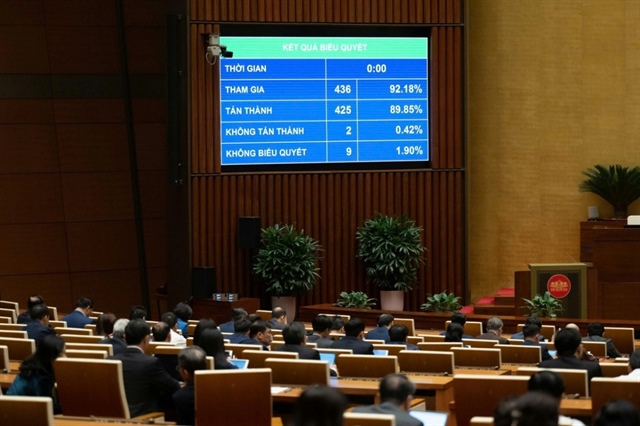Vietnam earns big trade surplus with Canada
Vietnam earns big trade surplus with Canada
The bilateral trade between Vietnam and Canada totaled an estimated C$6.4 billion, or US$4.6 billion, in 2018, up 4.2% against 2017, of which Vietnam enjoyed a trade surplus of C$4.3 billion, VietnamPlus news site reported, citing the preliminary statistics from Statistics Canada.

Goods shipments from Vietnam to Canada in 2018 bounced back significantly after the gloomy one-year performance of 2017 to C$5.4 billion, or US$3.9 billion, in value, edging up 5.2% year-on-year. Meanwhile, Vietnam’s spending on Canadian products remained unchanged at C$1 billion, equivalent to US$735 million.
Apart from the increase in major Vietnamese exports, including apparel, footwear and woodwork, to Canada in 2018, the country saw high growth rates of other exports as well, such as plastics and rubber products by 27%, coconut oil by 100% and paper-related products by 50% compared with 2017.
The shipment of smartphones to Canada, however, showed a decline for two consecutive years.
Although Vietnam’s imports of Canadian coal, wood powder and leather material rose in 2018 by 2.5-fold, three-fold and 70%, respectively, against 2017, Vietnam reduced purchases of several other key products from Canada, leading to the country’s import revenue not increasing compared with the figure seen in 2017.
Further, the signing of the Comprehensive and Progressive Trans-Pacific Partnership agreement (CPTPP) is expected to open up opportunities for bilateral trade between the two countries. Under the projected CPTPP, Vietnam’s shipments of goods such as textiles and garments, footwear, handbags, plastics and woodwork are forecast to rocket in 2019 due to Canada’s tax reduction to zero within three years.
In addition, Canadian enterprises showed interest in Vietnam's market openness for farm produce such as pork, beef, chicken, seafood and fresh fruit.
Aside from the benefits of the CPTPP, the existing Sino-U.S. trade war has also prompted Canadian firms to move their orders from China to Vietnam and to relocate their factories to Vietnam, allowing the country to boost exports to Canada in the years to come.





















